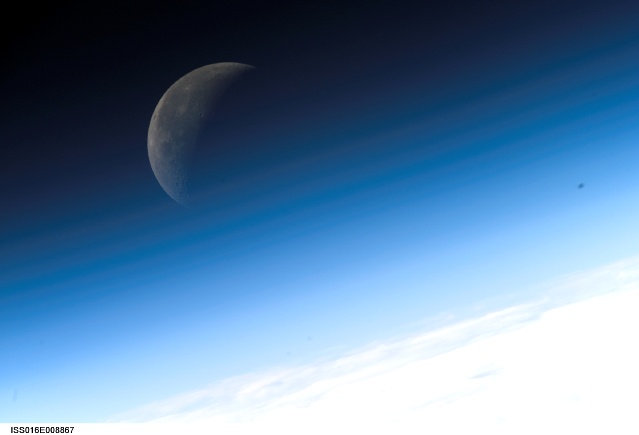[/caption]
Moonrise is the first appearance of the Moon over the Earth’s horizon.
Unlike the Sun, the rising of the Moon changes from day to day and location to location because the Moon is orbiting the Earth. The Moon takes just over 27 days to complete an orbit around the Earth, so you can actually trace its movement in the sky from hour to hour. This is why a lunar eclipse only lasts a few hours. That’s how long it takes for the Moon to pass through the Earth’s shadow.
The movement of the Moon comes from both the rotation of the Earth – which makes the Sun and the stars move through the sky, as well as the orbital speed of the Moon.
Where and when the Moon rise depends on your location on Earth. So you can’t just see a generic table of moon rise times.
Fortunately, the Internet comes to the rescue. Here are some links to some calculators that will help you find out what time the Moon will rise in your specific location.
- Moonrise and Moonset at Specified Location (NASA) – This calculator lets you punch in your specific latitude and longitude, year and month and then see a table of times that the Moon will rise and set for your location.
- Farmer’s Almanac – The Farmer’s Almanac website has a tool that lets you put in your ZIP or Postal Code and date and then see a list of moonrise and sunrise times. You can also browse by city. This is better if you don’t know your latitude and longitude.
- US Naval Observatory – This website lets you retrieve moonrise/sunrise time table for an entire year.
We have written many articles about the Moon on Universe Today. Here’s a story about building a moon base.
Want more information on the Moon? Here’s NASA’s Lunar and Planetary Science page, and here’s a link to the Solar System Exploration Guide.
You can listen to a very interesting podcast about the formation of the Moon from Astronomy Cast, Episode 17: Where Did the Moon Come From?

